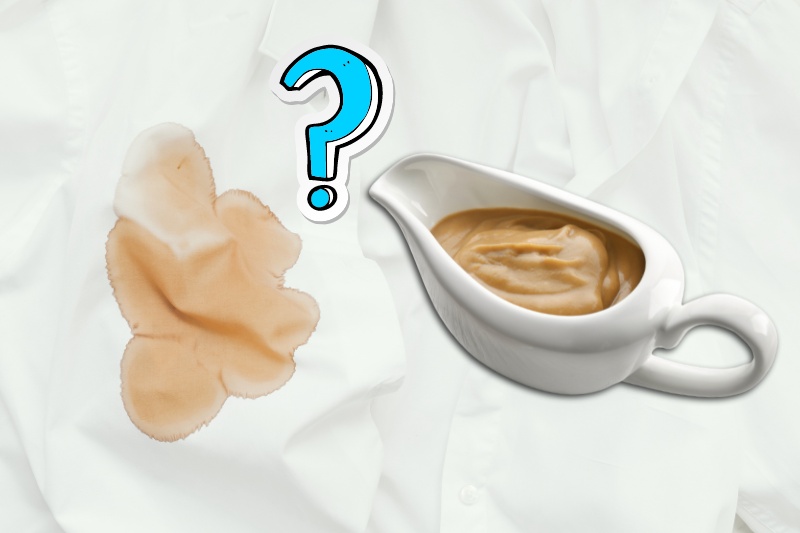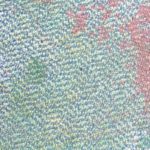Good ol’ Sunday! The day for dipping Yorkshire puds into gravy and dunking the last of the roasties into the dregs of brown liquid in the pan on the hob.
But inevitably, there comes a moment when a delectable bite turns into a culinary mishap, leaving you with an unsightly blob of gravy dripping down your t-shirt.
Fear not! Below, you’ll find a step-by-step guide to help you remove those pesky gravy stains from your outfit so you can rescue your attire from a cooking-related calamity.
Does Gravy Stain?
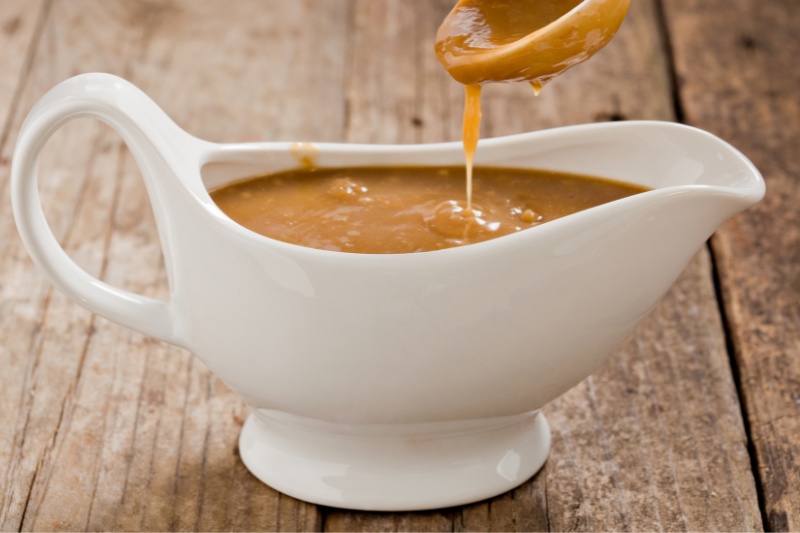
Yes, if left untreated, gravy, which is a mixture of oils and protein-rich meat juices, can leave a brown stain on clothes, carpets and upholstery.
In addition, many people add gravy browning to their gravy to alter its colour. This is a dye that can also stain your fabrics.
To stop a permanent stain from appearing, you must treat your gravy-blemished item as quickly as possible. Follow the steps below.
Tips to Consider When Dealing with Gravy Stains
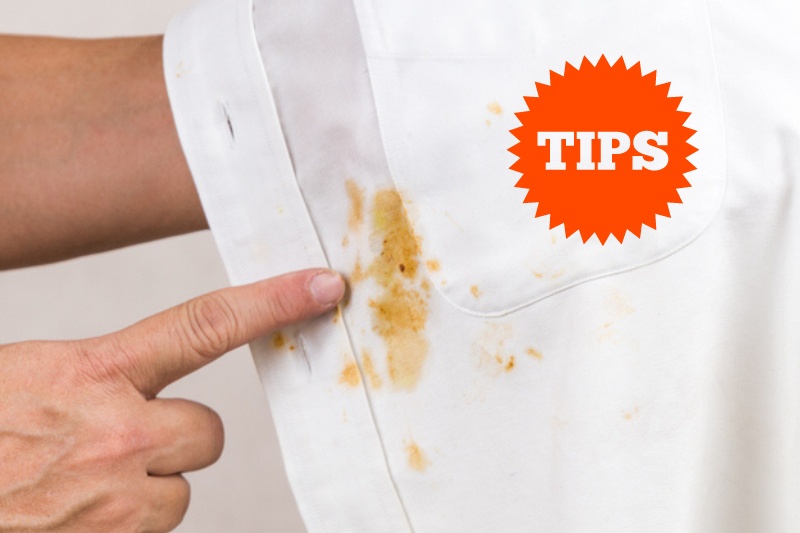
When removing a gravy-related stain from an item of clothing, carpet or upholstered surface, keep these points in mind:
- Time is of the essence when it comes to gravy, and the quicker you react to the stain, the easier it’ll be to remove and eradicate entirely. Don’t wait around. Mop up the gravy mess and start treating the eyesore.
- Pre-treat your gravy stain with some laundry detergent before you pop your stained item in the wash. If you’re handling a hard-wearing material, stick a dose of biological detergent onto the gravy stain so the enzymes break down the proteins in your Sunday roast’s topping.
- Don’t dry your gravy-stained item until the whole stain has been removed. Heat, particularly the heat from a tumble dryer, sets stains. Consequently, the gravy blemish will be harder to remove, and you may end up with a permanent stain. Always check your garment(s) before you dry them.
- Stick to using neutral-coloured cloths when treating gravy blemishes. You don’t want the dye from a colourful rag to taint and discolour your garments or carpets.
- Test your chosen solution first. Don’t dive in and start blotting a stain with a random solution. Find a discreet patch of material and test the product out first. A simple patch test will tell you if the chemicals in the solution will react with the surface or not (discolour or physical damage). If there is a reaction, however small it may be, you can stop using the solution and find something else to clear away the gravy stain.
- Be prepared to repeat a stain removal treatment more than once. Some gravy stains are trickier to remove than others. So, accept that some stains may need to be treated multiple times before the blemish disappears.
- ‘Dry clean only’ means dry clean only. Remove as much gravy as you can from the surface, then take the item to a dry cleaning store to get it cleaned.
- Don’t rub or scrub the gravy-stained surface; this can drive the gravy deeper into the material’s fibres. As a result, it’ll be harder for you to get rid of the gravy mark.
- Try to keep the gravy contained in one region. If you spread it around, you’ll have more gravy spots to manage.
Step-by-Step Guide to Removing Gravy Stains
Clothes and tablecloths
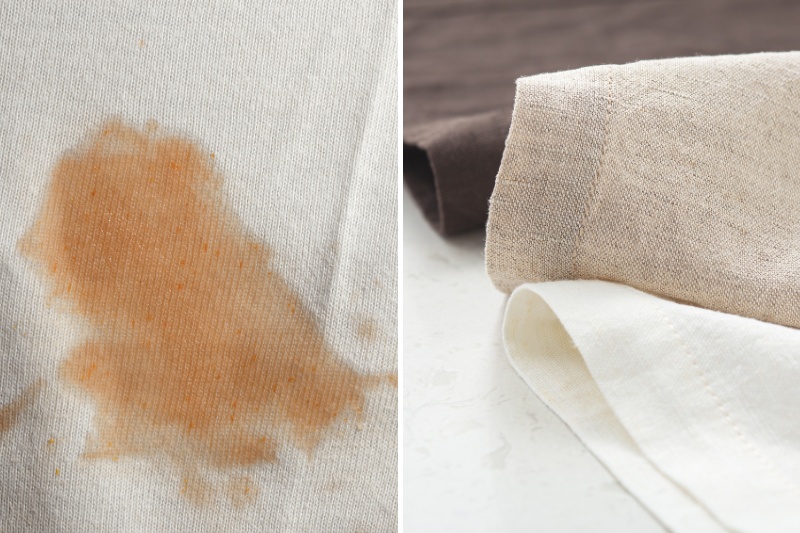
Follow these steps:
- Use a teaspoon to spoon excess gravy from the surface.
- Grab a damp, neutral-coloured cloth and blot the gravy stain to remove any leftover gravy from the surface.
- Turn the item inside out so the back of the gravy stain faces up.
- Flush cold water through the back of the stain.
- Hold the item under running cold water for a few minutes.
- Pre-treat the gravy-stained item with a biological detergent (containing enzymes).
- Wait 10 to 15 minutes.
- Launder the item with hot water (40°C) and a suitable biological detergent.
- Optional: add oxygen-safe bleach to the washing machine if the material permits.
- Assess the item after the wash and repeat the steps above if need be. Or continue with this method.
- Apply a stain remover to the gravy stain (it must contain enzymes to break down the proteins in the gravy and has to be able to remove sauce-related messes).
- Launder the garment.
- Assess the item after the wash and repeat the steps above if need be. Or continue with this method.
- Blot the stain with a neutral-coloured cloth coated in denatured alcohol.
- Repeatedly blot the stain until it disappears – use a new patch of cloth each time you blot so you don’t reapply the gravy to the surface.
- Launder the item of clothing as usual.
- Dry the item when there are no gravy stains on the surface.
Note: Don’t use any form of bleach on delicate materials like silk, wool and leather. These finer materials will weaken if they come into contact with bleach.
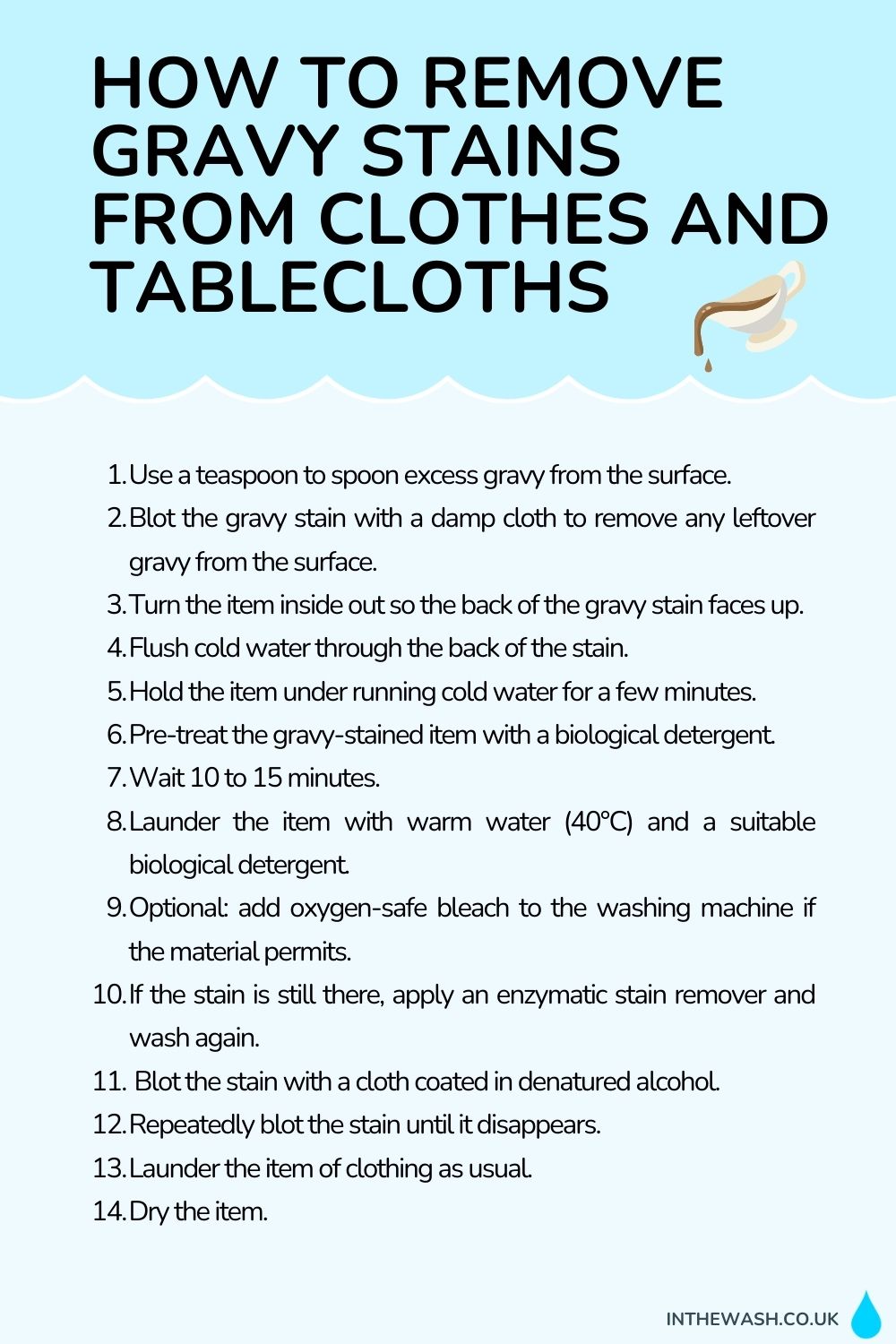
Delicate materials
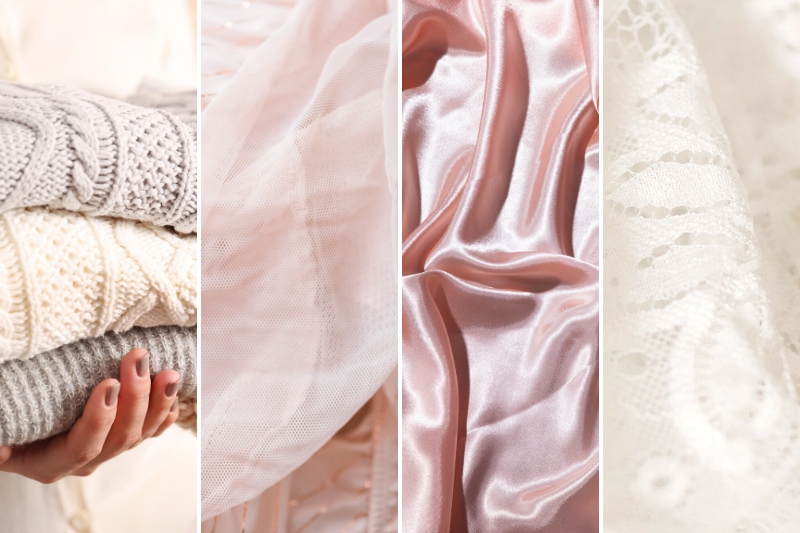
Getting a blob of gravy on a delicate item can be a pain because you can’t use strong chemicals to treat it.
It’s for this reason that you’re usually better off taking your delicate garment to a dry cleaning store and getting them to remove the gravy blemish for you.
However, if you’re absolutely set on treating your delicate, gravy-stained item at home, follow these steps:
- Blot the excess gravy off the delicate surface.
- Sprinkle bicarbonate of soda or cornflour all over the stain (it will absorb the oils).
- Wait 10 minutes.
- Shake and rinse the item.
- Optional: Pre-treat your item with a stain remover that is suitable for the delicate material you’re trying to clean. Make sure you pick an appropriate stain remover that won’t damage the fabric and one that will be able to lift the oily, protein-rich stain.
- Launder your garment with a special detergent for delicate materials (usually a mild one) using the correct water temperature and cycle.
- Assess your item after cleaning it, and only dry it when there isn’t a gravy stain on it.
If you can’t remove the gravy stain, take your garment to a dry cleaning store.
Carpets and upholstery

Follow these steps:
- Use a teaspoon to carefully spoon excess gravy from the surface.
- Coat the area in bicarbonate of soda or cornflour.
- Work the bicarb/cornflour in using a soft toothbrush.
- Wait 30 minutes for the bicarb/cornflour to absorb the oils in the gravy stain.
- Hoover the area.
- In a bowl, mix one tablespoon of washing-up liquid, two cups of lukewarm water and one tablespoon of ammonia.
- Blot the cleaning solution onto the area with a white cloth.
- Continuously blot the surface until the stain disappears.
- Rinse the area clean by blotting it with a second damp white cloth.
- Allow the surface to dry completely before walking/using it again.
Alternatively, follow this method:
- Blot the stain with a damp cloth that’s coated in denatured alcohol. Continuously blot the gravy stain until it disappears, then rinse the surface using a second, clean, damp cloth.
- If need be, spread White Wizard over the stain and then blot the blemish with a damp cloth to remove the product and the gravy stain from the surface.
Tip: Don’t soak your carpets and sofas, as they will take a long time to dry!
How to Get Rid of Dried Gravy Stains
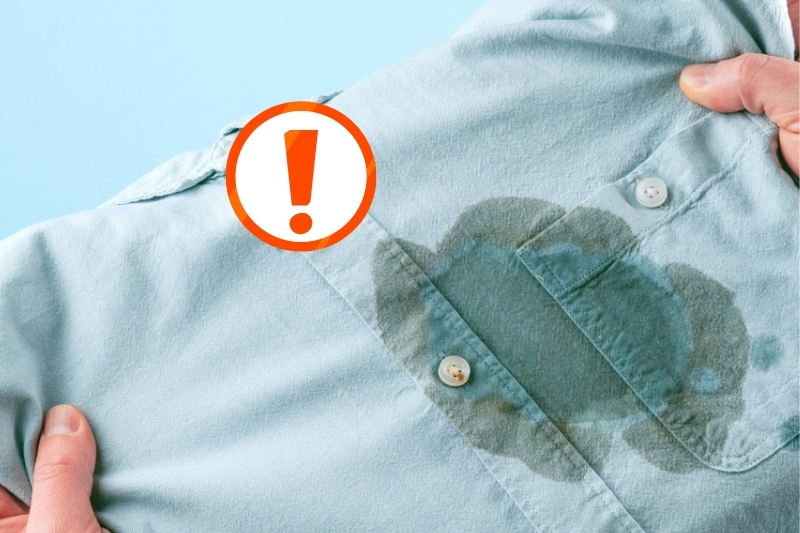
Follow these steps:
- Scrape the dried gravy off the surface using a blunt tool, like a credit card.
- Flush cold water through the back of the gravy stain to try and loosen it from the material’s fibres.
- Soak the gravy-stained item in a mixture of cold water and a biological detergent (with enzymes) or Vanish Oxi Action (but make sure you test for colourfastness first).
- Wash the gravy-stained item as usual.
- Assess the garment after the wash and repeat these steps if need be.
Alternatively, blot the stain with denatured alcohol until it disappears. Then rinse (or blot the area with a damp cloth) and wash the garment as usual.
Another option is to use an off-the-shelf stain remover.
If you’re going to try a product out, make sure you choose an item that can lift greasy, oily, protein-related stains from pieces.
Ideally, the stain remover must contain enzymes to break down the proteins in the stain so it can be removed effectively.
Also, choose a product that suits the material you’re working with. You cannot use harsh chemicals on delicate fabrics, for example.
If you have stained white laundry that can be bleached, soak the stained items in diluted chlorine bleach for a few minutes, then rinse and launder them.
How to Remove Gravy Stains from White Clothes
You can remove gravy from white clothes using the steps outlined above. As long as you react quickly to the stain and treat it accordingly, you shouldn’t have much trouble removing the blemish from your item of clothing.
However, if you’re struggling to remove the gravy patch, you could try using bleach on it. Just keep in mind that bleach should only be used on hard-wearing materials. So, if your gravy stain is on a delicate material, skip this step and ask a dry cleaner to help you.
Professional Cleaning
Dry cleaning
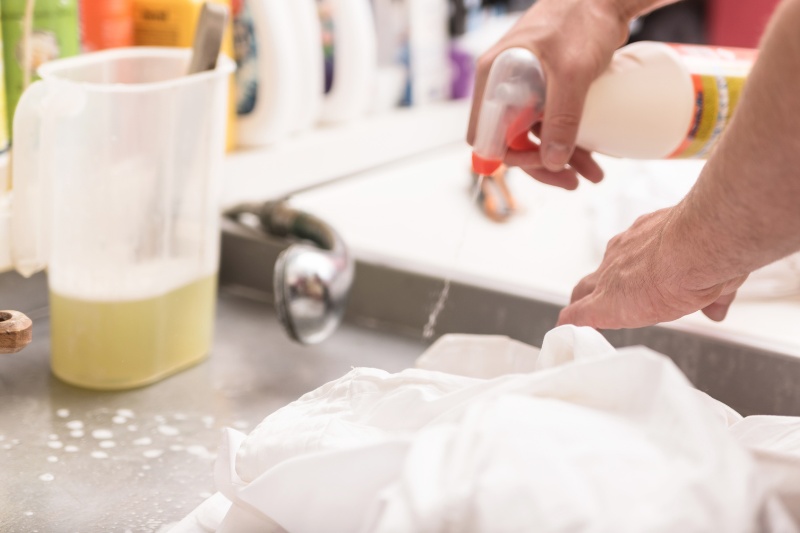
If you need to clean gravy from a delicate, vintage or heirloom piece, take the item to a dry cleaning store and ask them for help.
Dry cleaners have access to different tools and cleaners, and they can remove the stain for you without causing harm to the material.
You can also go down this route if you’re having trouble treating a tricky gravy stain on any item of clothing.
Carpet cleaners

If you’ve got gravy on your carpet and can’t remove it, call a professional carpet cleaner out to take care of the stain.
Like professional clothes cleaners, carpet cleaners also have access to different and more specialised tools and products that they can use to clean your floor.
A quick online search will bring up experts near you.
Upholstery cleaners
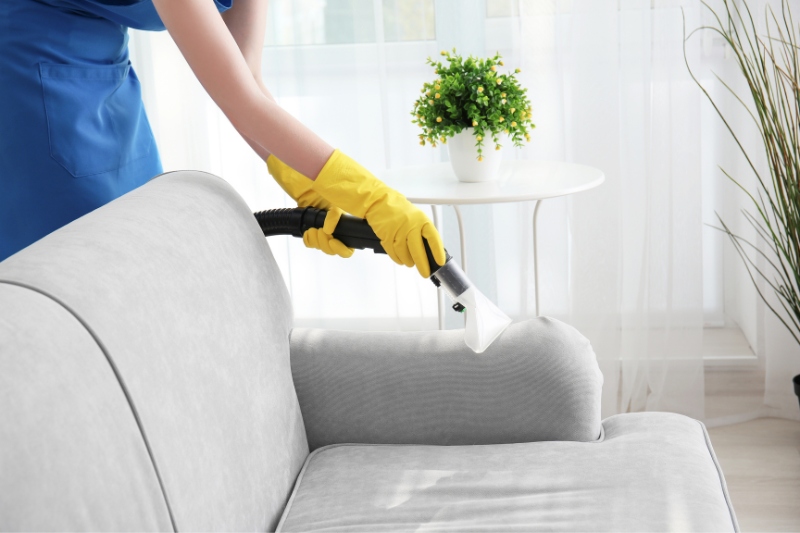
If you’ve got gravy on a piece of upholstery, like a sofa, it would be worth calling an upholstery cleaner out to assess the problem and fix it.
Upholstered items, like carpets, are usually expensive and aren’t always easy to clean. So, instead of attempting to clean the piece yourself, get an expert to help you. You could save your upholstered item from permanent damage if you act quickly.
You can find professionals who clean upholstery by doing an online search. Just choose a reputable person/company who has plenty of reviews.

Bethan has a passion for exploring, reading, cooking and gardening! When she’s not creating culinary delights for her family, she’s concocting potions to keep her house clean!
